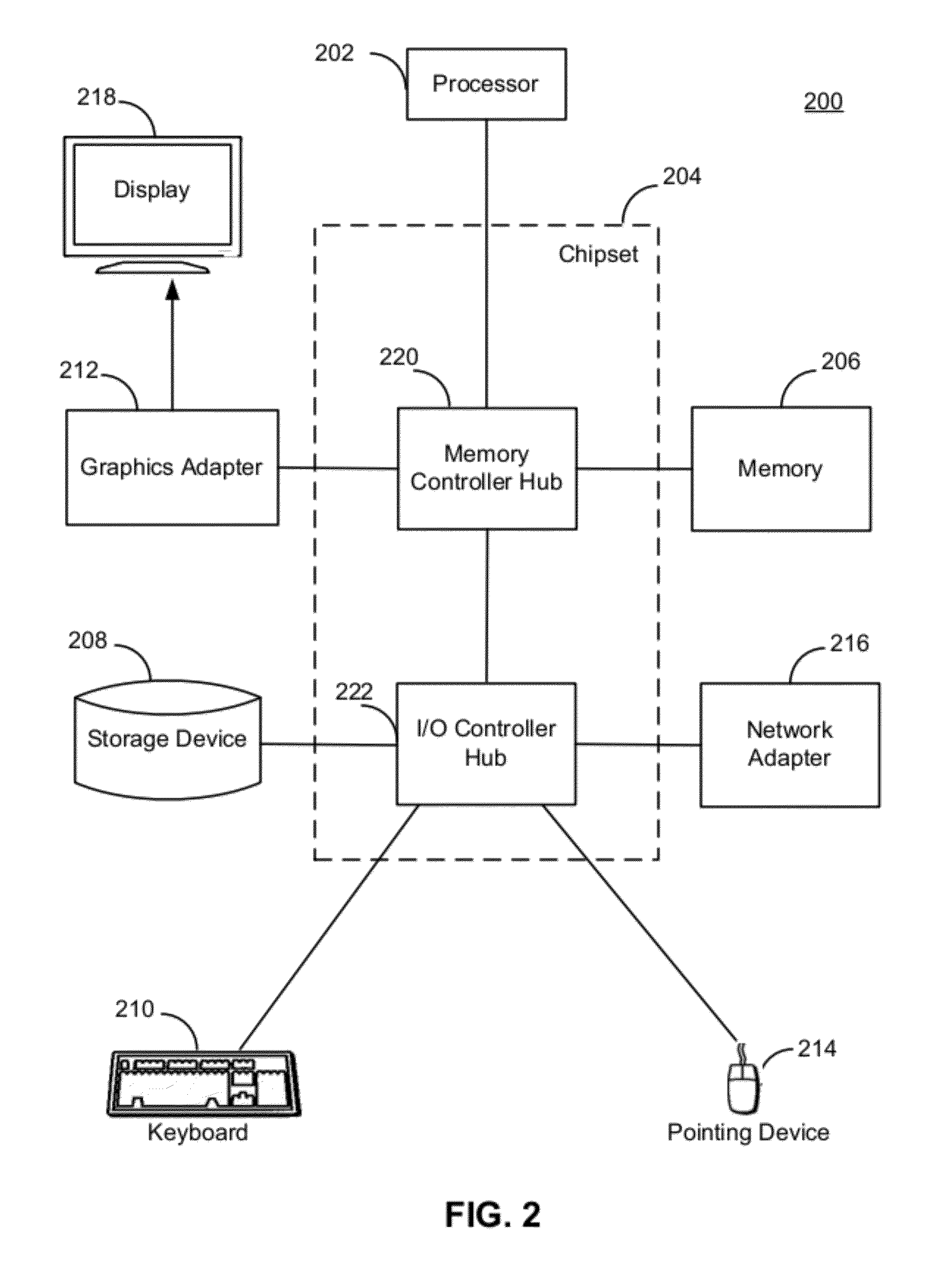Efficient identification and correction of optical character recognition errors through learning in a multi-engine environment
a multi-engine environment and learning technology, applied in the field of optical character recognition, can solve the problems of not meeting the demand of other applications such as text-to-speech and republishing, and errors often exist in the output text, so as to achieve short response time, less false positives, and adapt to text image more quickly
- Summary
- Abstract
- Description
- Claims
- Application Information
AI Technical Summary
Benefits of technology
Problems solved by technology
Method used
Image
Examples
Embodiment Construction
[0016]The computing environment described herein efficiently identifies and corrects Optical Character Recognition (OCR) errors. Outputs of multiple OCR engines for the same text images are compared to determine the stability of the outputs, and analyzed for error probabilities. Those outputs with high error probabilities are grouped into clusters based on similarity. A representative question is generated for each cluster and presented to a human operator for answering. The answer is applied to correct OCR errors in the resulting text and train the system to better adapt to the text images and more efficiently identify and correct OCR errors in the text images. As a result, the attention of the human operator is focused on a few areas of the text images that are representative and have high error probabilities. Thus, the computing environment maximizes the automatic process and minimizes the human intervention, and thereby improves system efficiency and reduces cost.
[0017]The Figur...
PUM
 Login to View More
Login to View More Abstract
Description
Claims
Application Information
 Login to View More
Login to View More - R&D
- Intellectual Property
- Life Sciences
- Materials
- Tech Scout
- Unparalleled Data Quality
- Higher Quality Content
- 60% Fewer Hallucinations
Browse by: Latest US Patents, China's latest patents, Technical Efficacy Thesaurus, Application Domain, Technology Topic, Popular Technical Reports.
© 2025 PatSnap. All rights reserved.Legal|Privacy policy|Modern Slavery Act Transparency Statement|Sitemap|About US| Contact US: help@patsnap.com



